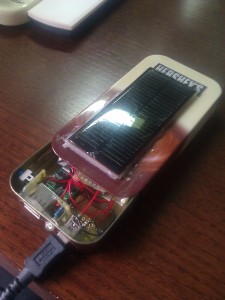This is a idea/plan that I want to do.
Lately I brought a Canon 60D, and it's cable shutter release is using 2.5mm audio jack which is a quite common and cheap so I decide to make one or more cable shutter release/s.
From the tip to the cable, there's three contact point. Normally there are Left | Right | GND, as using on the 60D, they defined as Shutter | Focus | GND.
Things to do:
1. Build a manual shutter release;
2. Using Arduino as a controller so time-lapse photography will be much easier.Done
So far for now, I'll update when I make something new.
Update: After installed the MagicLantern firmware to my 60D, it got the intervalmeter function, so it no longer need a outer controller to do the clicking.
